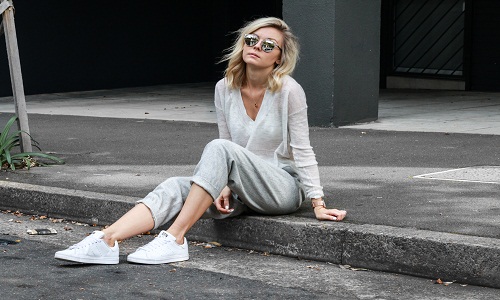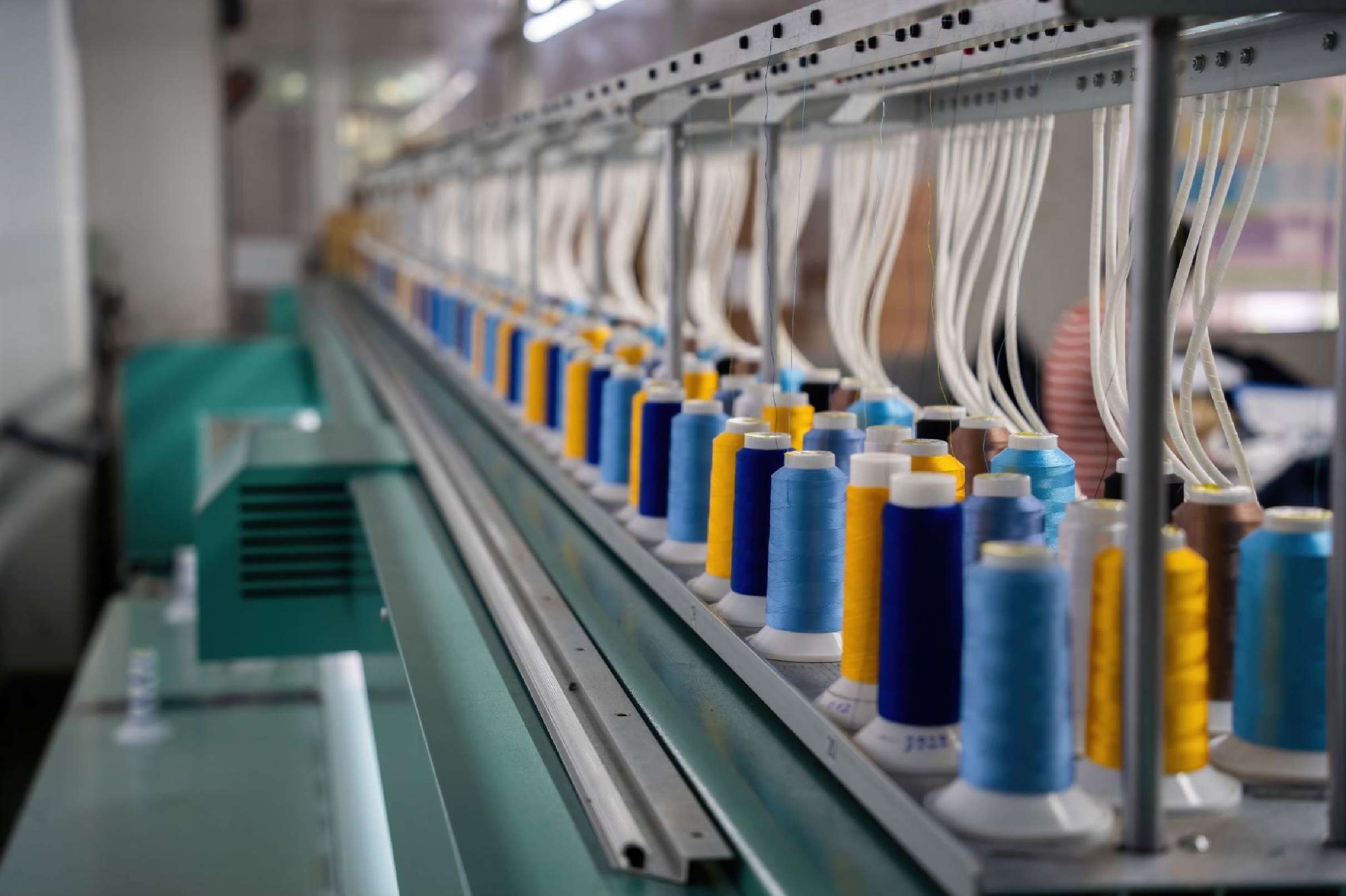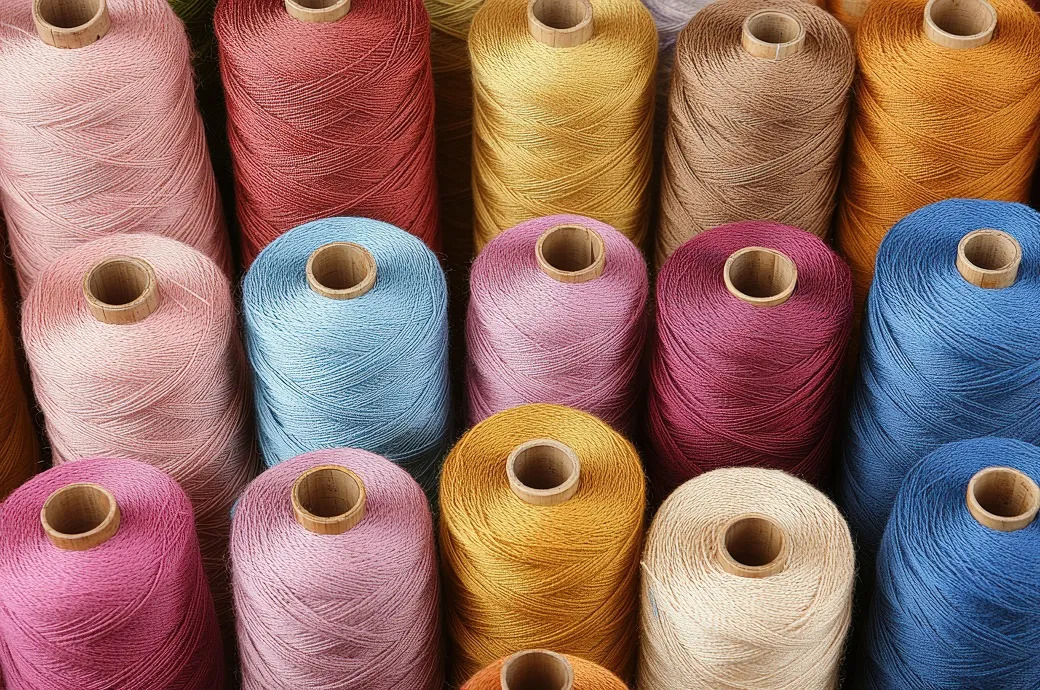"Today’s consumers are concerned about their personal comfort, and that may be part of the reason why the current population has been dubbed the indoor generation. A survey by Velux, a window manufacturing company, says on average people spend 90 per cent of their day, or about 21 hours, indoors. According to Peter Foldbjerg, Head, daylight energy and indoor climate, Velux, today’s generation is of indoor people where the only time they get daylight and fresh air midweek is on the commute to work or school. If consumers are constantly in a 70-degree environment, it makes sense for retailers and brands to offer apparel that work at that temperature. And since consumers are avoiding outdoor heat, humidity, and bugs of summer, as well as the ice, snow, and cold of winter, it stands to reason they would want clothes that are just as comfortable indoors any time of year."
 Today’s consumers are concerned about their personal comfort, and that may be part of the reason why the current population has been dubbed the indoor generation. A survey by Velux, a window manufacturing company, says on average people spend 90 per cent of their day, or about 21 hours, indoors. According to Peter Foldbjerg, Head, daylight energy and indoor climate, Velux, today’s generation is of indoor people where the only time they get daylight and fresh air midweek is on the commute to work or school.
Today’s consumers are concerned about their personal comfort, and that may be part of the reason why the current population has been dubbed the indoor generation. A survey by Velux, a window manufacturing company, says on average people spend 90 per cent of their day, or about 21 hours, indoors. According to Peter Foldbjerg, Head, daylight energy and indoor climate, Velux, today’s generation is of indoor people where the only time they get daylight and fresh air midweek is on the commute to work or school.
If consumers are constantly in a 70-degree environment, it makes sense for retailers and brands to offer apparel that work at that temperature. And since consumers are avoiding outdoor heat, humidity, and bugs of summer, as well as the ice, snow, and cold of winter, it stands to reason they would want clothes that are just as comfortable indoors any time of year. Compared to manmade fiber clothing, the overwhelming majority of consumers say cotton clothing is the best for T-shirts (90 per cent), underwear and intimates (83 per cent), childrenswear (82 per cent), and casual clothing (80 per cent), according to Monitor research.
Cotton the most favoured fiber
More than 4 in 5 consumers (82 per cent) say cotton is their favorite fiber to wear, according to the Cotton Incorporated Lifestyle Monitor Survey. This is followed by a distant 3 per cent who choose polyester, silk (2 per cent), then spandex, rayon, linen, and wool (all 1 per cent). Because cotton pieces are lighter and more breathable, they can easily be layered in cooler months, or worn alone in warmer, more humid seasons. Compared to manmade fiber clothing, more than 8 in 10 consumers say cotton clothing is the most comfortable (86 per cent), according to Monitor data. This is a significant increase from February 2017 (80 per cent). In further comparisons to synthetics, consumers say cotton clothes are the most sustainable (86 per cent), the softest (83 per cent), highest quality (78 per cent), and most versatile (63 per cent).
followed by a distant 3 per cent who choose polyester, silk (2 per cent), then spandex, rayon, linen, and wool (all 1 per cent). Because cotton pieces are lighter and more breathable, they can easily be layered in cooler months, or worn alone in warmer, more humid seasons. Compared to manmade fiber clothing, more than 8 in 10 consumers say cotton clothing is the most comfortable (86 per cent), according to Monitor data. This is a significant increase from February 2017 (80 per cent). In further comparisons to synthetics, consumers say cotton clothes are the most sustainable (86 per cent), the softest (83 per cent), highest quality (78 per cent), and most versatile (63 per cent).
Further, the majority of consumers are bothered when brands and retailers substitute synthetic fibres in apparel items they expect to be made from cotton. For example, 61 per cent (up significantly from 53 per cent in 2017) are bothered when brands use synthetics instead of cotton in T-shirts, according to Monitor data. Consumers are also bothered when synthetics are substituted for cotton in underwear (60 per cent, up significantly from 54 per cent in 2017), denim jeans (57 per cent, up significantly from 52 per cent in 2017), casual clothes (56 per cent, up significantly from 46 per cent in 2017), activewear (50 per cent), business clothes (47 per cent), and childrenswear (45 per cent).
Brands and retailers would benefit from the majority of consumers who would pay more money to keep cotton from being substituted with synthetics like polyester in everything from underwear and intimates (70 per cent) to tees (65 per cent), denim (62 per cent), businesswear (57 per cent), activewear (55 per cent), and children’s clothes (52 per cent), according to Monitor research.
Where’s the future headed
The concept of clothes that easily transit from one season to the next makes sense from a consumer standpoint as well as an environmental one. For consumers, it means buying key, quality pieces that can be worn virtually year round, both because their weight isn’t too light or heavy, and their colors can be mixed with others to bring an outfit into the next season. Keeping a certain number of items in the closet as a base, means less churn and overhaul each season.
Robert Babigian, key account executive – apparel, Timberland points out the company is focussing on casual, comfortable pieces heading into spring/summer 2019. The company is offering retro elements like track suits, color-blocking, and logo pieces for next season, and focusing on archival pieces heading into fall 2019. It is offering a lot of fleece and tees, mostly 100 per cent ring-spun cotton, and some cotton blends in its fleece. There is an aspect of the outdoor trend that’s more mainstream and it’s not as focussed on technical fabrics. These are pieces that can be worn anywhere and that resonate with the younger consumer.












